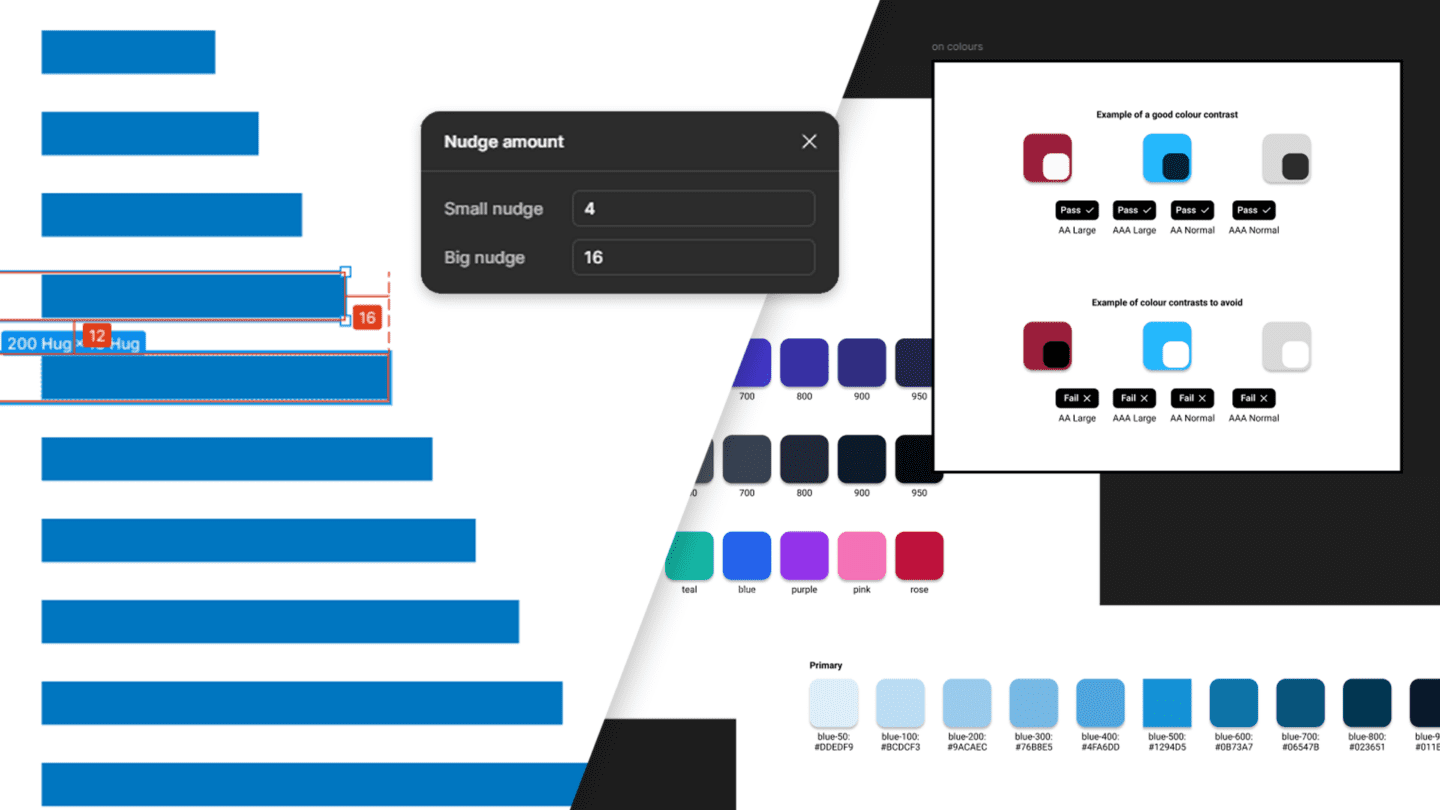Here’s a round up of the user research we’ve come across recently.
Why do we conduct qualitative user research? (Mozilla UX)
This is an incredibly thought-provoking post from the Lead User Researcher at Firefox. In it he explains that qualitative research methods are essential for technology user research because of one well-documented and consistently observed facet of human social life: the concept of homophillia.
“I bring up this concept to emphasise how those of us who work in technology form our own homophilic bubble. We share similar experiences, information, beliefs, and processes about not just how to design and build products and services, but also in how many of us use those products and services. These beliefs and behaviours become reinforced through the conversations we have with colleagues, the news we read in our press daily, and the conferences we attend to learn from others within our industry. The most insidious part of this homophilic bubble is how natural and self-evident the beliefs, knowledge, and behaviours generated within it appears to be.”
Evangelising user research (UserFocus)
A brilliant article by Dr David Travis on successful “techniques for engaging agile teams in the results of user research: 3 techniques for user needs research and 3 techniques for usability testing.”
Stop accosting people in coffee shops (Laura Klein)
The title says it all, Laura Klein on why “you will never find out if people like your product by talking to strangers in coffee shops”.
HM Revenue and Customs Working Paper 8: Costing customer time (GOV.UK)
This paper estimates the value of an individual’s time gathering and providing information to HM Revenue and Customs to meet their obligations.
The Total Cost to Serve project, of which this paper is part, aims to help HM Revenue and Customs (HMRC) meet one of its strategic objectives to improve customers’ experience.
The project aims to find a way to estimate the cost of interactions a customer may have with HMRC, to provide a consistent way of understanding:
- the split of burden between HMRC and the customer, and
- how actions by one party can affect costs for both.
Get our weekly roundups delivered straight to your inbox
Sign-up for our email newsletter and get all our posts by email as soon as they’re published.


